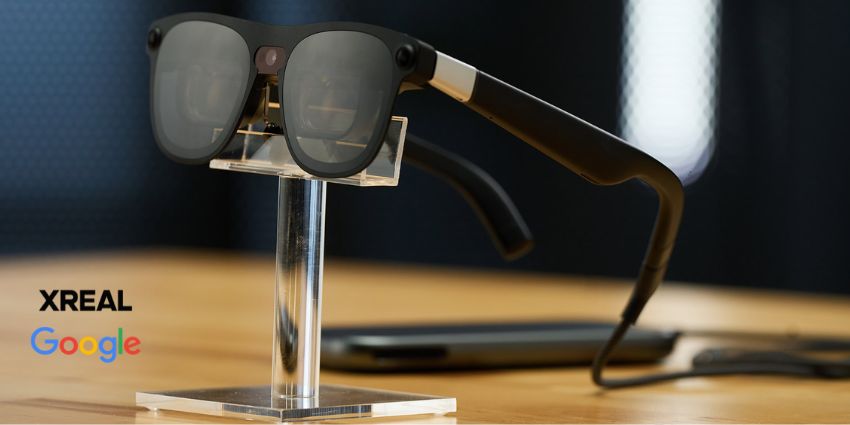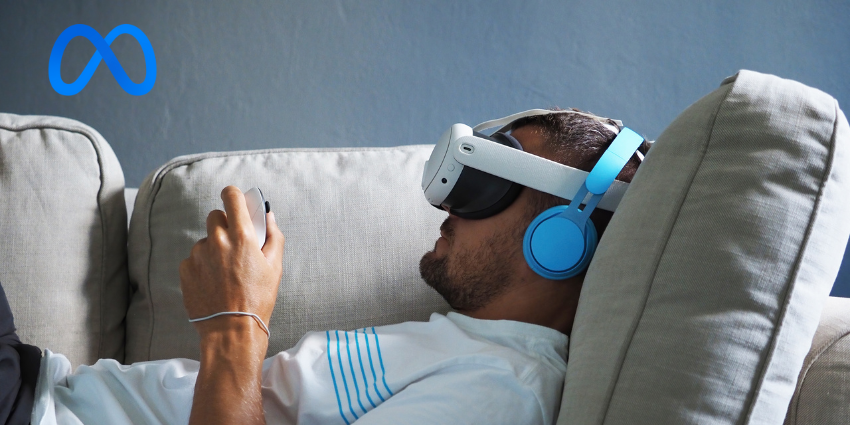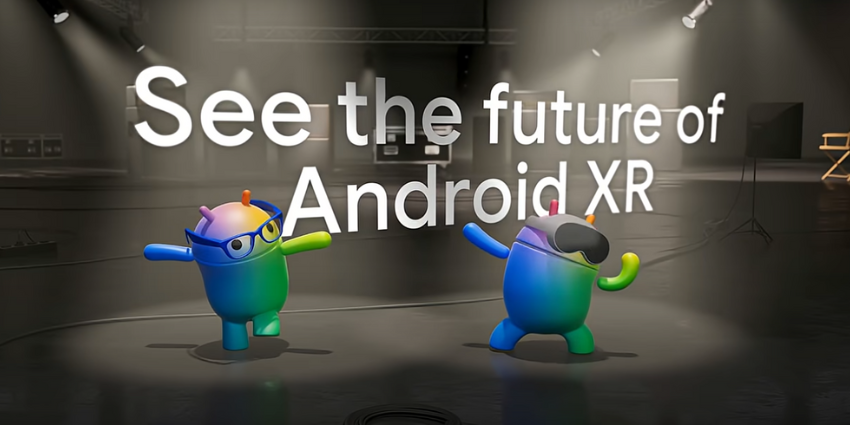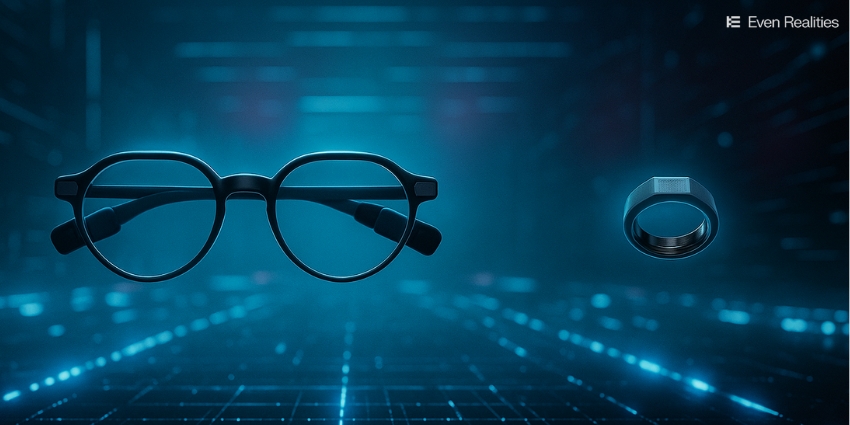As consumer behaviour continues to evolve, companies are beginning to think a little differently about how they connect with the marketplace. We’ve already seen the arrival of apps and filters on your phone that use basic AR tech to let you try on various outfits and styles. So, what if the fashion industry could cut even further into the XR market?
Recently Dapper Labs, the Fabricant, and augmented reality artists worked together to create a digital dress with Johanna Jaskowska. This dress, called Iridescence, sold for a massive $9,500. The idea of the dress, which exists entirely in Blockchain, is based on the 2D patterns of the person meant to wear it, given to the designer. It’s essentially a fashion filter that only the owner can use.
Iridescence doesn’t exist in the real world, but it opens the door to a new kind of fashion designer. There’s every chance that bigger fashion houses will start exploring their options soon too.
The Benefits of Digital Fashion
We’re living in an environment defined by social distancing and video conferencing. In this space, a digital wardrobe doesn’t seem so strange. It’s almost like having your own Zoom virtual background. At the same time, virtual dresses and fashion save the earth from losing crucial natural resources – a problem that has been evident in the fashion industry for some time.
The fashion landscape contributes around 10% of all global emissions, and 20% of wastewater. Year after year, countries produce huge amounts of waste for the sake of fashion. Digital couture could avoid this problem completely.
If the trend of digital fashion catches on, people will build their entire persona in the digital world, from their background to their look. We’ve already seen how popular an experience like this can be, with youngsters spending endless dollars on skins for their Fortnite characters.
As virtual reality becomes more social, people will be more inclined to adapt their avatars to represent them more accurately. Giving your avatar a new look in VR is a chance to feel more immersed in the experiences that XR experts are creating.
Exploring the Future of Digital Fashion
This isn’t the first time that we’ve experimented with digital fashion as a society. Now that consumers can’t go into fashion stores and try on clothes, many companies have created apps and AR technology to bring that experience into the home. There are businesses like A New Frontier for Clothing Brands, which can holographically project products through a customer’s biometric data to find a good fit.
Virtual “try-on” experiences could be an excellent way to improve the virtual shopping landscape while simultaneously reducing the carbon emissions produced when travelling to stores. If you could try on outfits from the comfort of your own home, why would you need to travel anywhere?
Experts agree that paying attention to virtual fashion is important right now. There’s a lot of potential in this marketplace for innovation and growth. We’re already seeing the evidence that the future of clothing brands could be linked to the XR industry. Augmented fashion may be a powerful solution for any company eager to be part of this new, virtual world.







